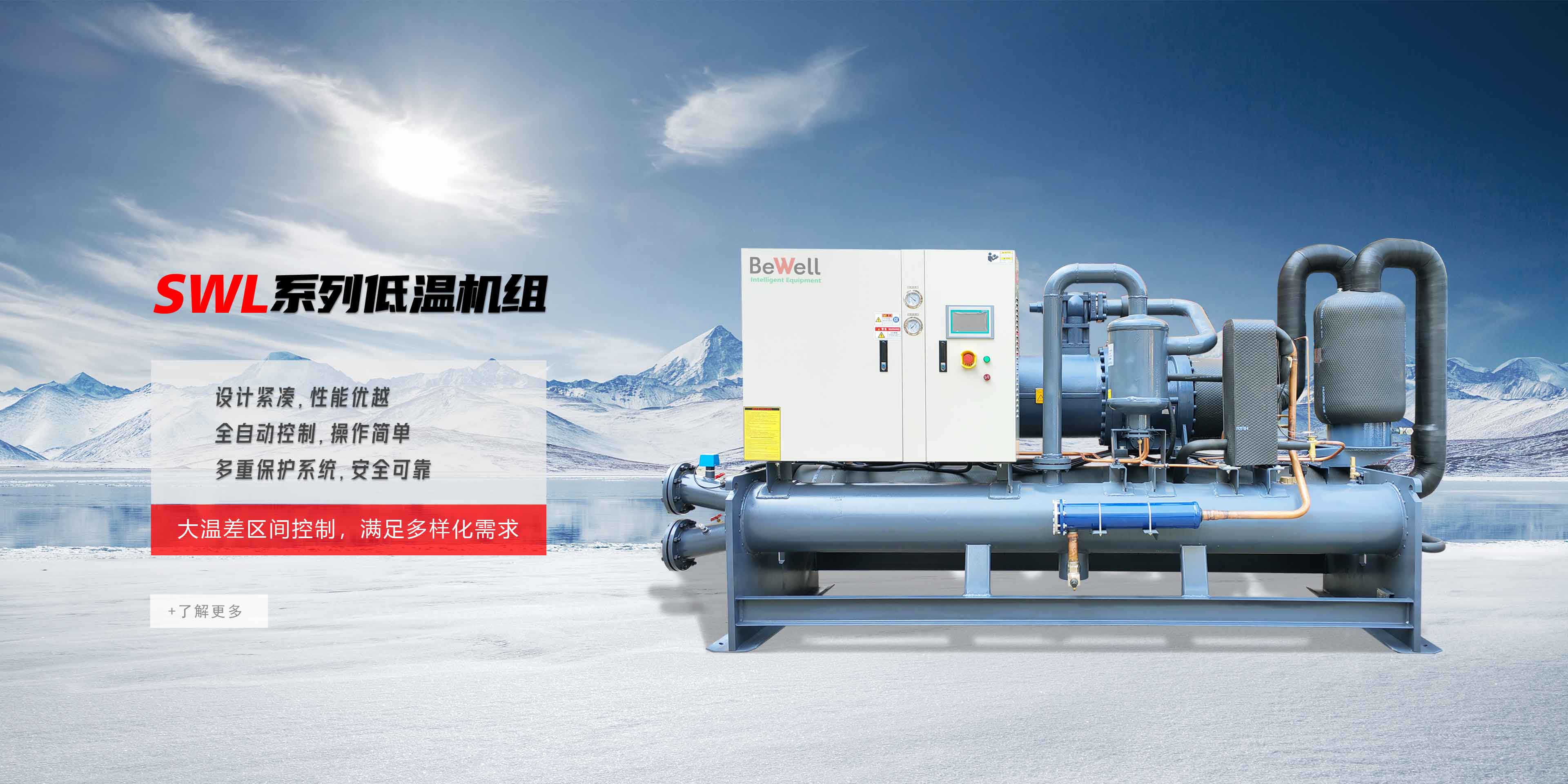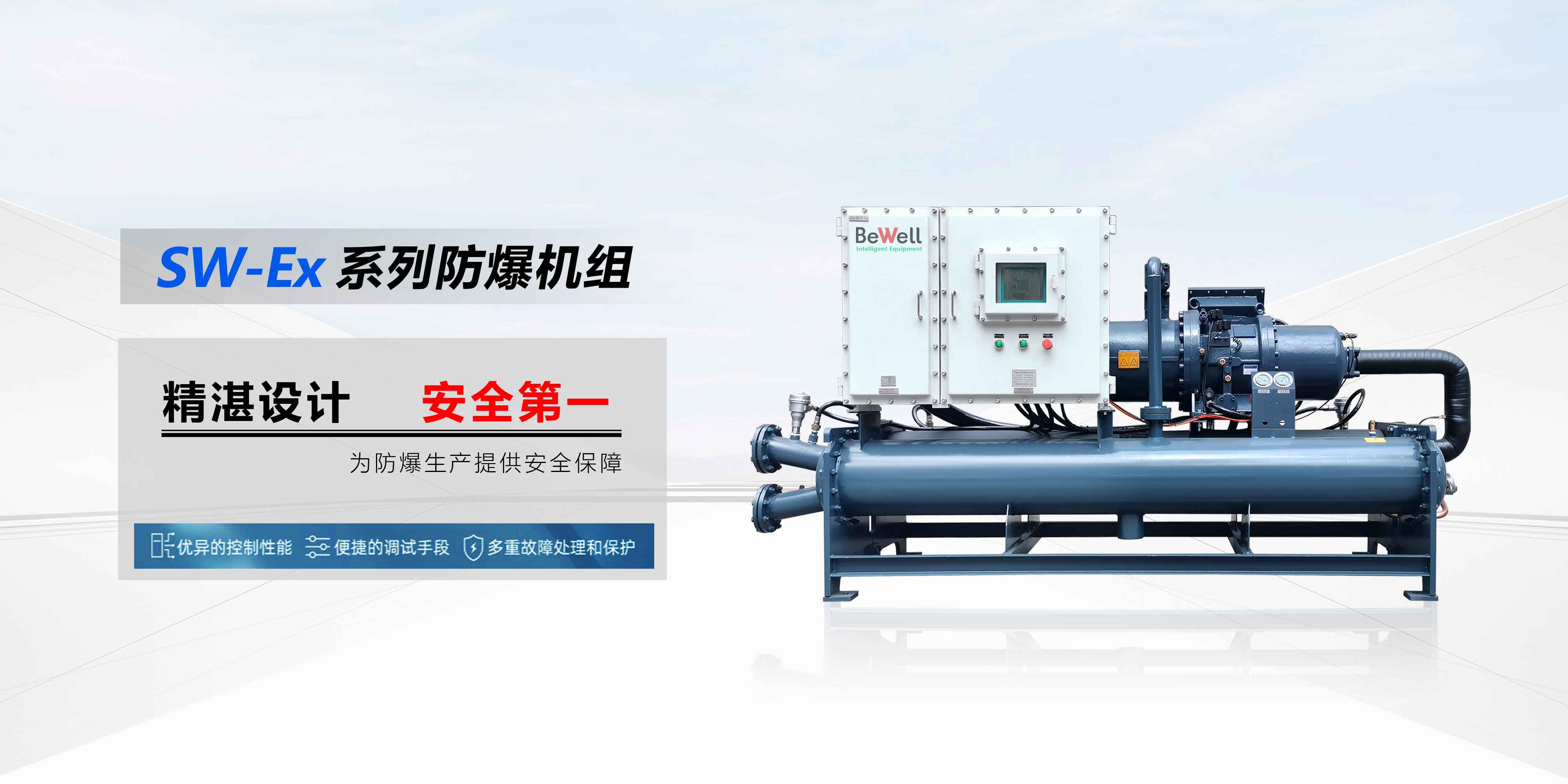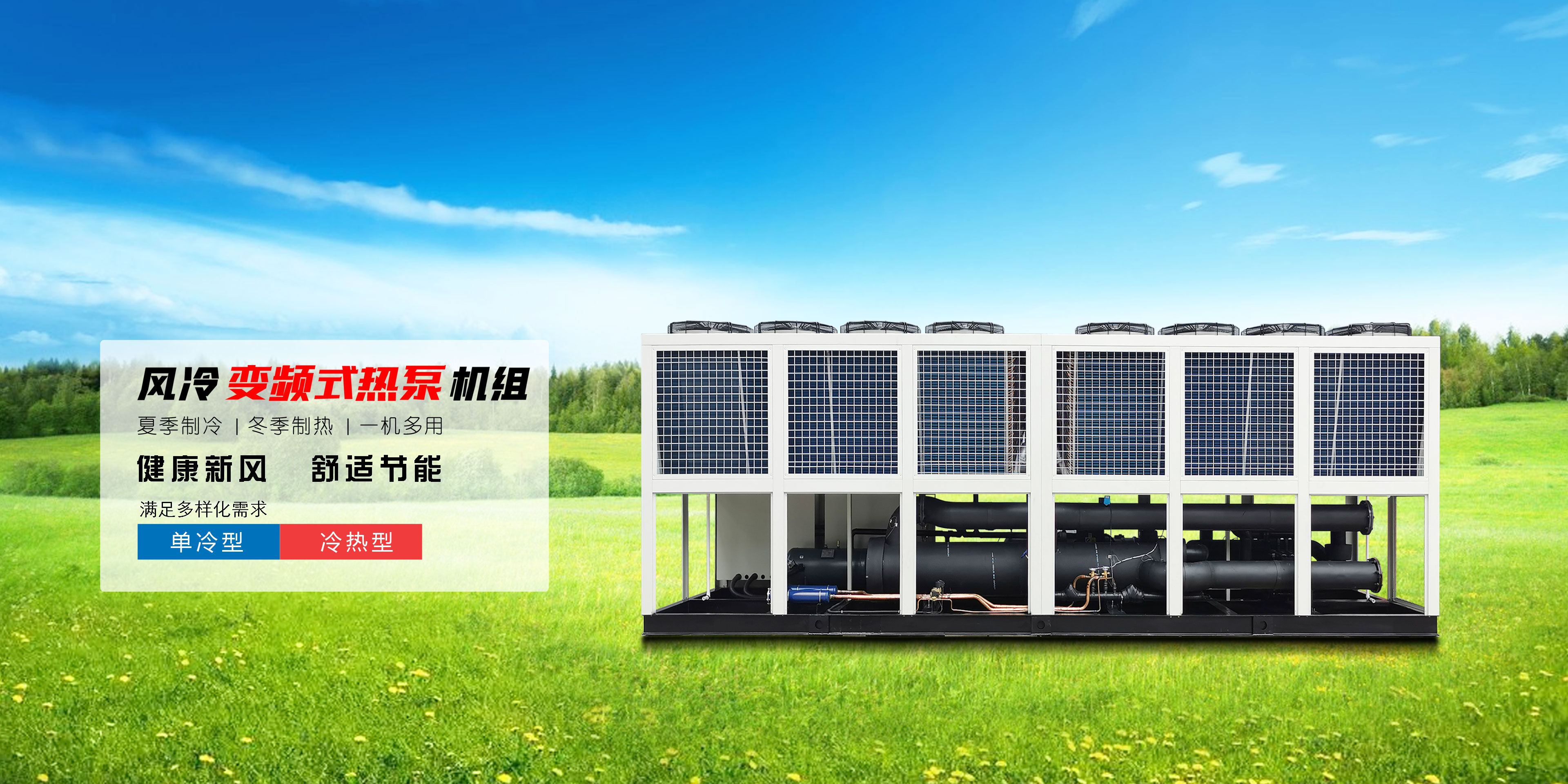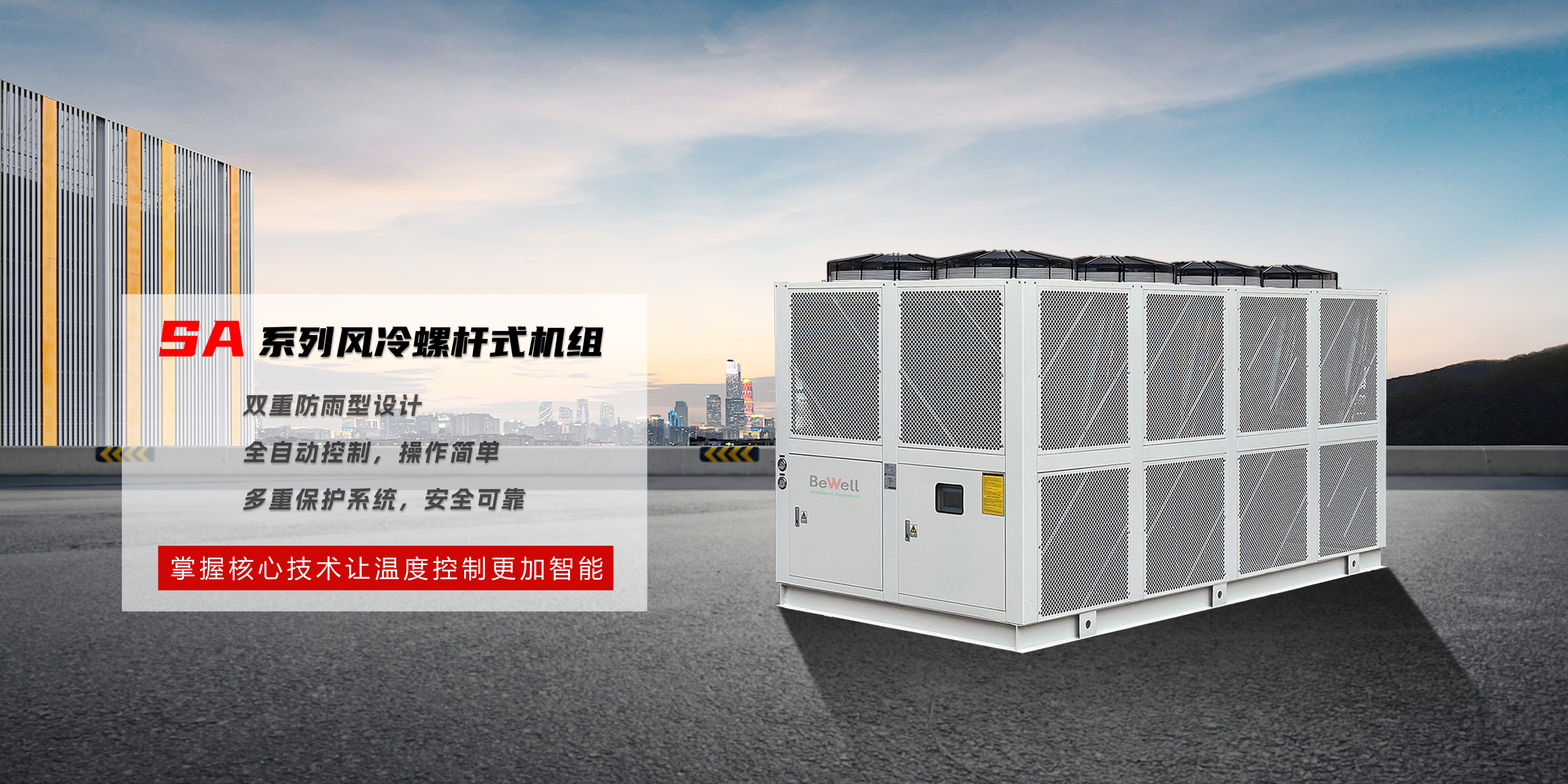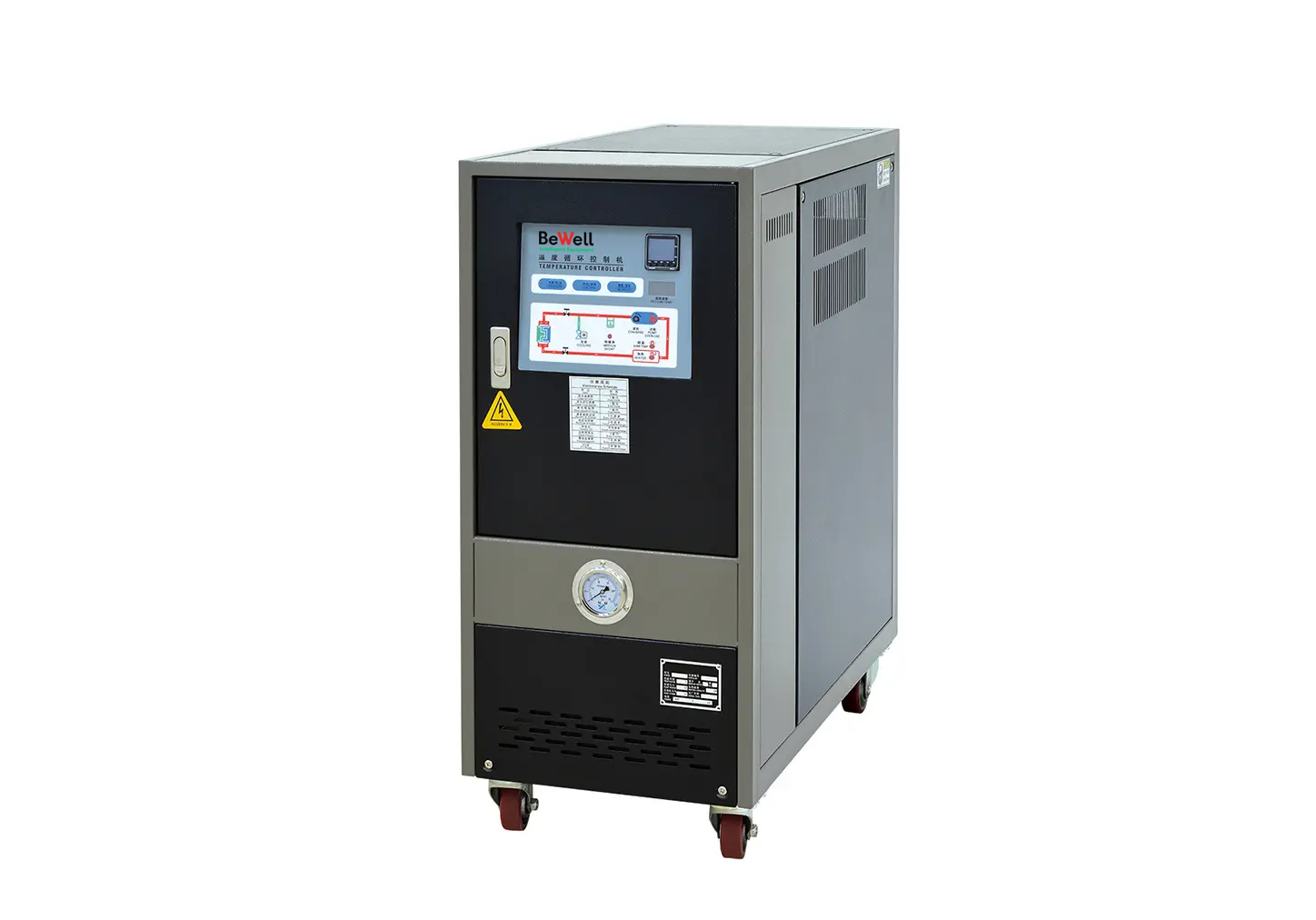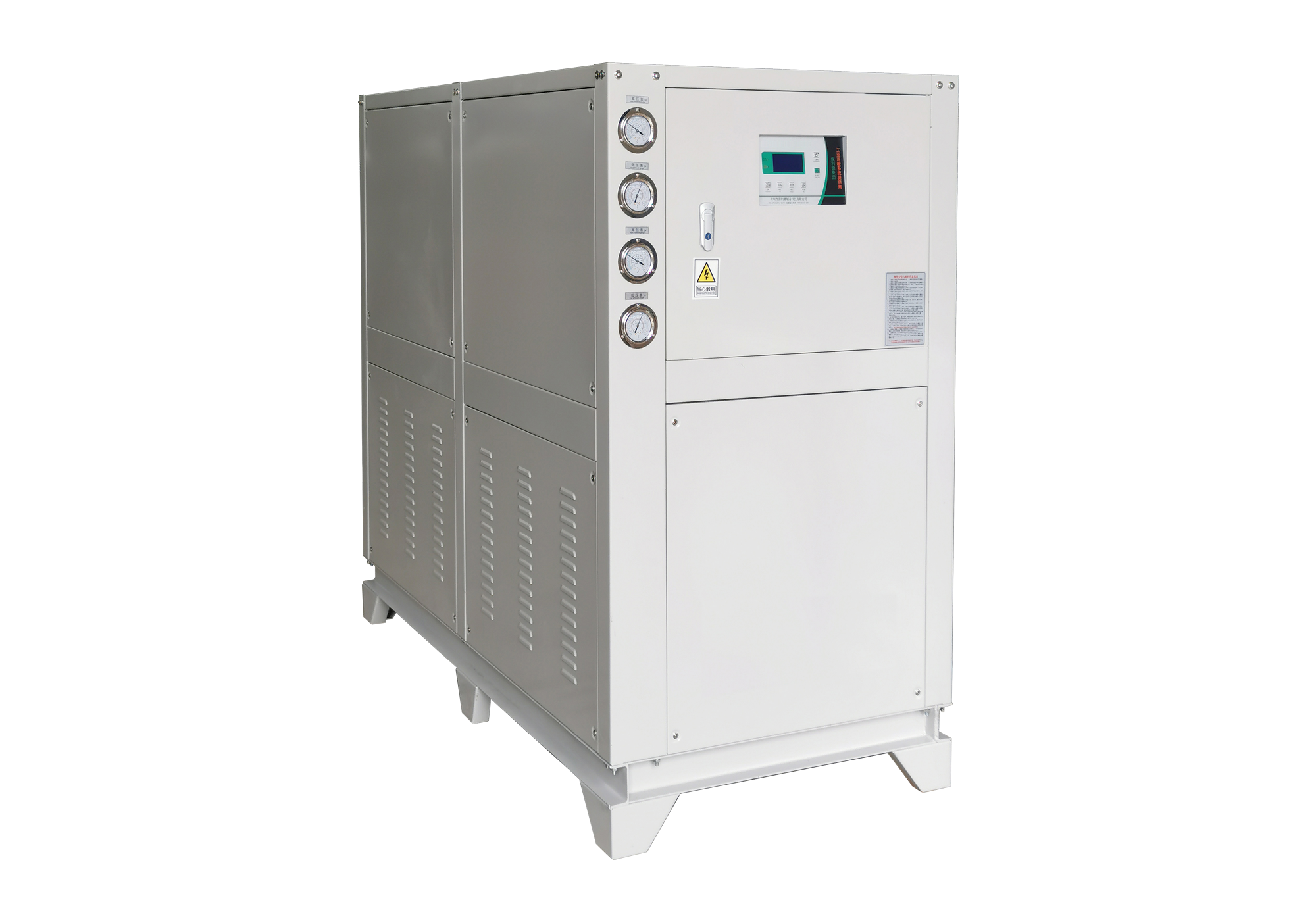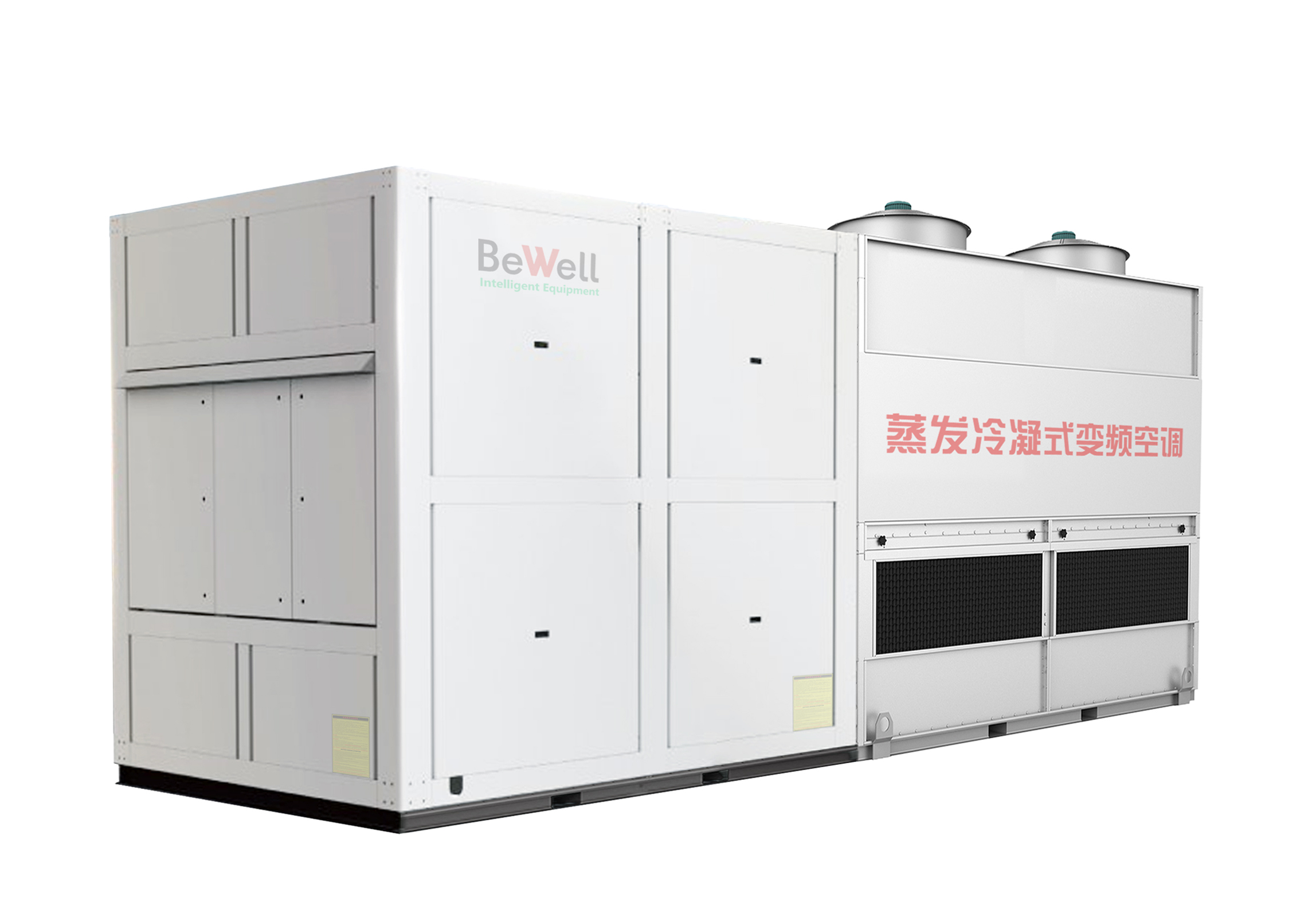1���、The principle of low-temperature refrigeration unit
Low-temperature refrigeration machine because of its key components, the unit from the evaporator out of the state of the gas refrigerant; by the compressor after adiabatic compression, into a high temperature and high pressure state. Compressed gas refrigerant, in the condenser, isobaric cooling condensation, after condensation changes into liquid refrigerant, and then expanded by the throttle valve to low pressure, into a gas-liquid mixture. Among the low temperature and low pressure liquid refrigerant, in the evaporator to absorb the heat of the cooled material, re-turned into gaseous refrigerant, gaseous refrigerant through the pipeline re-enter the compressor, to start a new cycle. This is the four processes of the refrigeration cycle, but also the main working principle of the low-temperature refrigeration machine.
2, low-temperature refrigeration unit applications
Low-temperature refrigeration machine power and relatively large compared to the scroll type, mainly used in central air conditioning systems or large industrial refrigeration.
(1) twin-screw refrigeration compressor: twin-screw refrigeration compressor is an energy adjustable oil-injected compressor. Its suction, compression, exhaust three continuous process is to rely on the body of a pair of mutually meshing yin and yang rotor rotation to produce periodic volume changes to achieve. General Yang rotor is the active rotor, Yin rotor is the driven rotor. Main components: double rotor, body, main bearing, shaft seal, balance piston and energy regulating device. Capacity 15 ~ 100% stepless adjustment or two or three stage adjustment, take the oil pressure piston to increase or decrease the load mode.
Twin-screw refrigeration compressor conventional use: radial and axial are rolling bearings; open type with oil separator, oil storage tank and oil pump; closed type for differential pressure oil supply for lubrication, oil injection, cooling and drive slide valve capacity adjustment of the piston movement. Suction process: the gas enters the interdental volume of the yin and yang rotor through the suction port respectively. Compression process: When the rotor rotates, the volume between the teeth of the yin and yang rotor is connected (V-shaped space), and the volume is gradually reduced due to the mutual meshing of the teeth, and the gas is compressed. Discharge process: compressed gas moved to the exhaust port, to complete a work cycle.
(2) single screw refrigeration compressor
The use of an active rotor and the meshing of two star wheels to produce compression. Its suction, compression, exhaust three continuous process is to rely on the rotor, star wheel rotation to produce periodic volume changes to achieve the number of rotor teeth for six, star wheel for eleven teeth. The main components are a rotor, two star wheels, body, main bearing, and energy regulating device. The capacity can be steplessly adjusted from 10%-100% and three or four stages. Suction process: The gas enters the rotor groove through the suction port, and as the rotor rotates, the star wheel enters the state of engagement with the rotor groove in turn, and the gas enters the compression chamber (the closed space formed by the surface of the rotor groove, the inner cavity of the housing and the star wheel teeth).
Compression process: As the rotor rotates, the volume of the compression chamber decreases continuously, and the gas is compressed until the front of the compression chamber turns to the exhaust port. Exhaust process: the front of the compression chamber to the exhaust port after the start of exhaust, then complete a work cycle. Due to the symmetrical arrangement of the star wheel, the cycle occurs twice during each rotation week, and the exhaust volume is twice as much as the exhaust volume of the above cycle.

 185-0301-1521
185-0301-1521 


